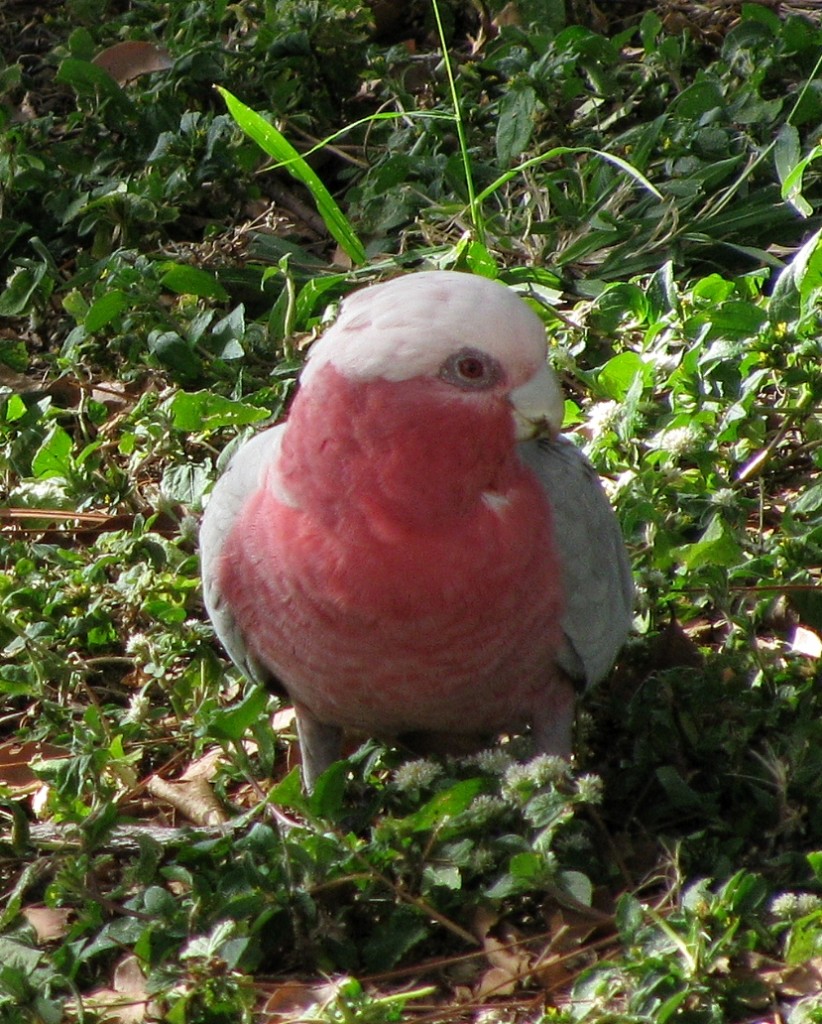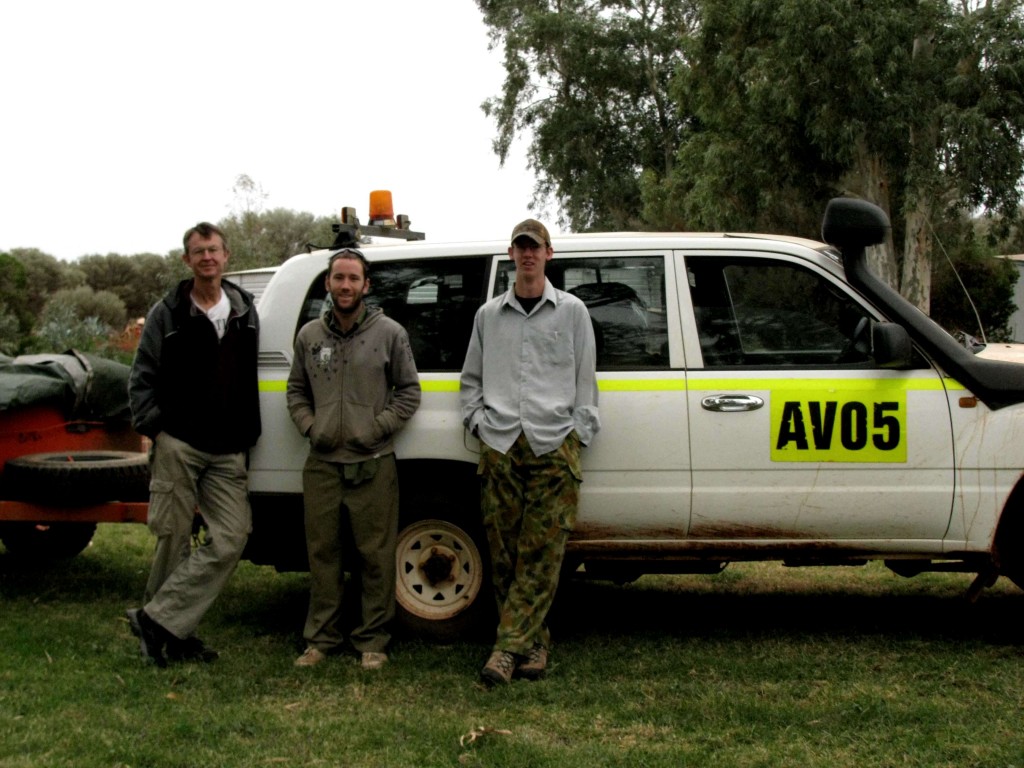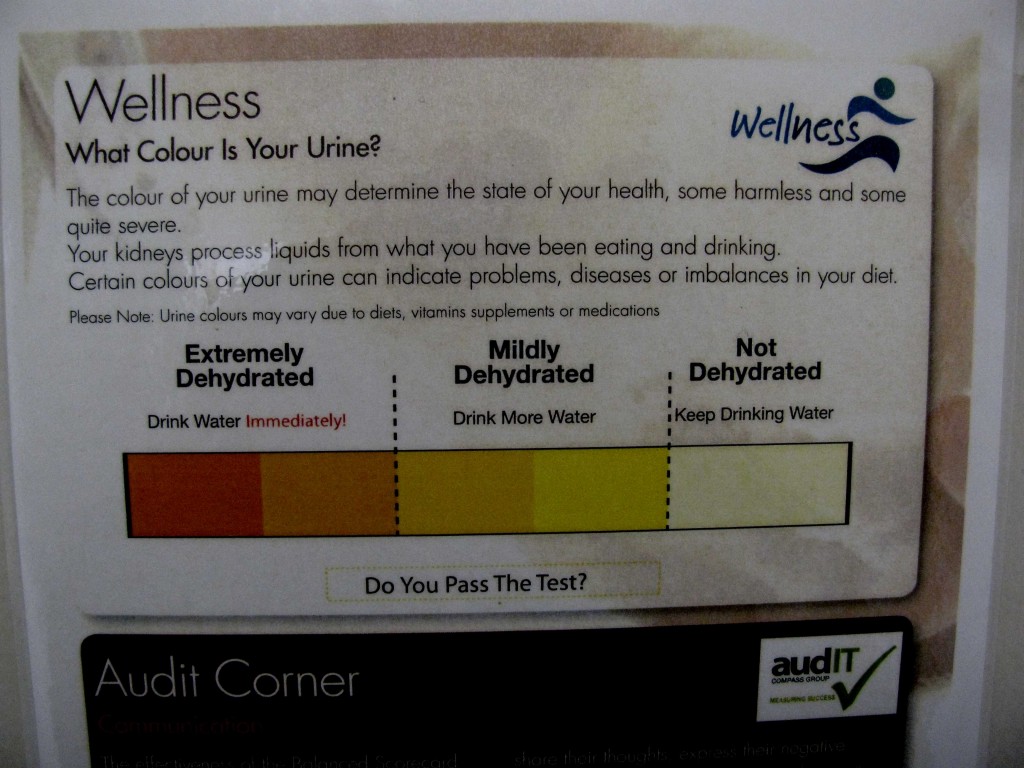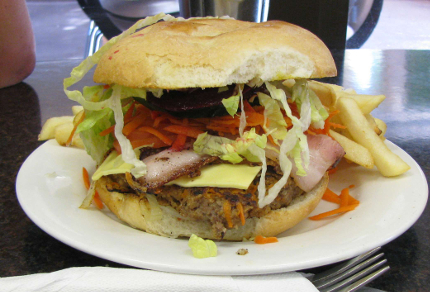Western Australia, Day 9

Galah (© Magi Nams)
Townsville: At midday, while cycling to James Cook University to attend a seminar, I passed a qartet of silent galahs foraging on the golf course and rode beneath flocks of ribald, squawking rainbow lorikeets in flight overhead. At JCU, flocks of pale-headed rosellas foraged on the ground and swept up into trees, their long tails trailing. All members of the avian order Psittaciformes (parrots and allies), the galahs, lorikeets, and rosellas painted Townsville’s drying landscape with vivid colour – the grey and pink of the galahs, brilliant rainbow hues of the lorikeets, and blue, yellow, black, and red of the rosellas.
The seminar I attended, which was titled “The utility of owl pellets for monitoring threatened mammal communities: An Australian case study,” was short and sweet. Presented by Dr. Scott Burnett of the University of the Sunshine Coast, it focused on a pilot study comparing the effectiveness of using owl pellets versus live-trapping transects as indices of the presence and abundance of small mammals in Queensland’s wet tropics uplands. Dr. Burnett pointed out that a number of wet tropics small mammal species are endangered or threatened. The use of owl pellets, which are wads of hair and bones regurgitated by owls after feeding, offers a less disruptive sampling alternative to live-trapping.
During the pilot study, Dr. Burnett and an Honours Project student, Kye McDonald, netted three female lesser sooty owls (the owls that emit the ‘falling bomb’ whistles Vilis and I heard at Paluma), placed radio-transmitting backpacks on them, determined the owls’ home ranges, and collected pellets from their boulder cave roosts. Some prey items identified from the owl pellets were bush rats, melomys, antichinuses, ringtail possums, bandicoots, and musky kangaroo rats. The total numbers of mammal species and individuals identified from the pellets were twice as great as the numbers gained from live-trapping transects in the same study area, and were achieved with less effort, suggesting that the pilot study deserved further investigation as a means of sampling endangered mammals.

Research Crew with truck at Yakabindi Station (Euan Ritchie photo)
Western Australia: Periodically, the research crew drove to Leinster (a fly-in, fly-out mining town where essentially everything is owned and operated by BHP) to stock up on food and gas up the trucks. On these town trips, they ate supper in a pub that served the biggest hamburgers Vilis and Janis had ever seen. The burgers contained two steak patties, cheese, bacon, two fried eggs, beet pickles, and the usual assortment of vegetables and condiments. They also came with a side-order of chips. Now that’s a mouthful.

Real Country Burger (© Vilis Nams)
In a toilet at the pub in Leinster, Vilis noticed a poster warning about the danger of dehydration and how to check dehydration level by observing the colour of one’s urine – a reminder of the potential hazards of living in desert country.

Urine Colour and Dehydration Level Poster in Leinster Pub (© Vilis Nams)
Another danger is vehicle breakdown or running out of gas. Each of the research trucks had two gas tanks of 70 and 80 litres. Surviving work and travel in the outback requires careful planning and these two necessities: lots of water, and lots of gasoline.

Desert Evening Driving (© Vilis Nams)
Today’s bird list: masked lapwings, Australian white ibis, galahs, great bowerbird, magpie-lark, Australian magpies, laughing kookaburra, rainbow lorikeets, Brahminy kite, welcome swallows, rainbow bee-eaters, peaceful doves, willie wagtail, mynas, nutmeg mannikins, grey fantail, Australian brush-turkeys, yellow-bellied sunbirds, yellow honeyeater, little friarbirds, spangled drongo, pale-headed rosellas, green figbirds, white-breasted cuckoo-shrike, white-gaped honeyeater, Australian pelicans, rock doves, blue-faced honeyeaters.


